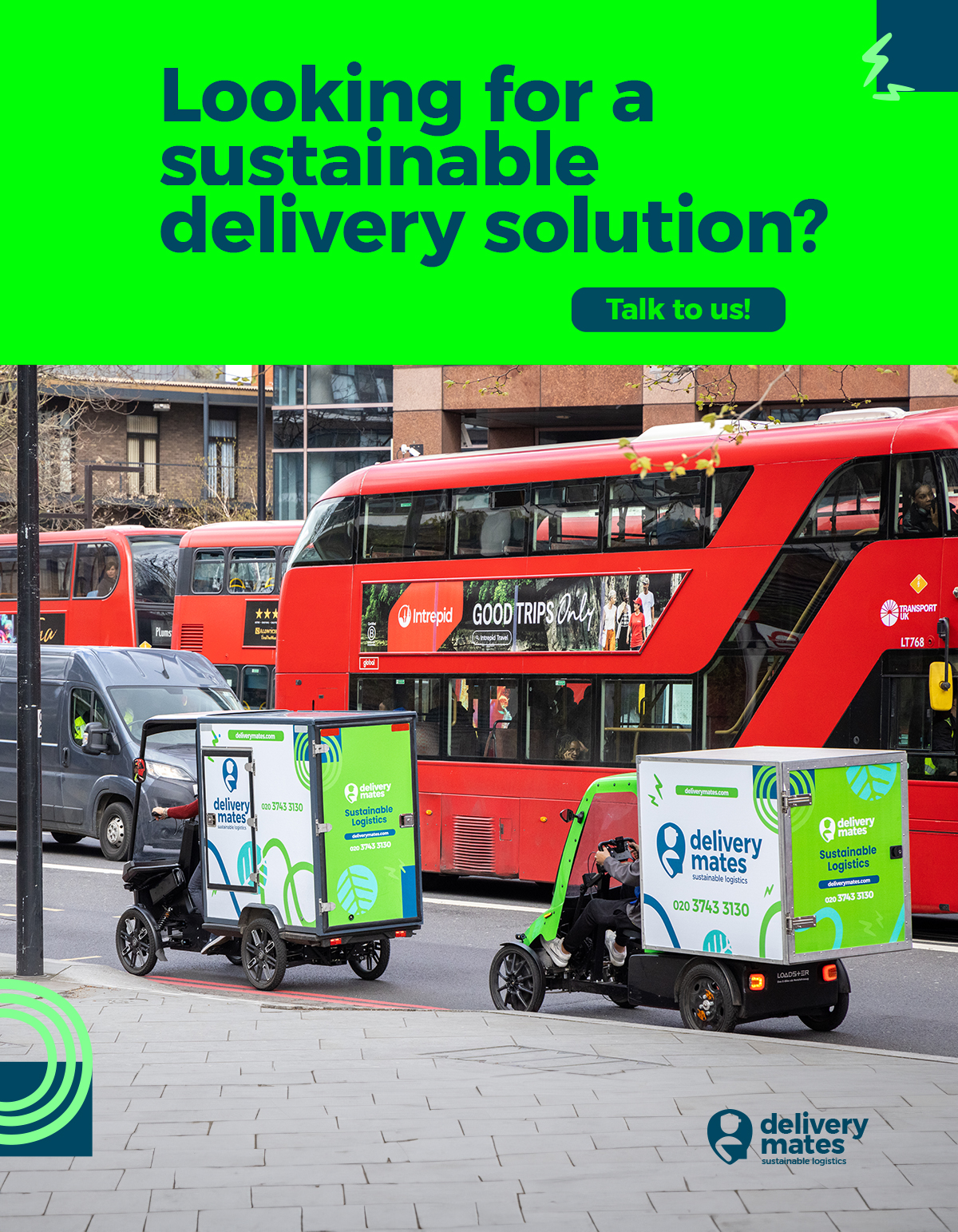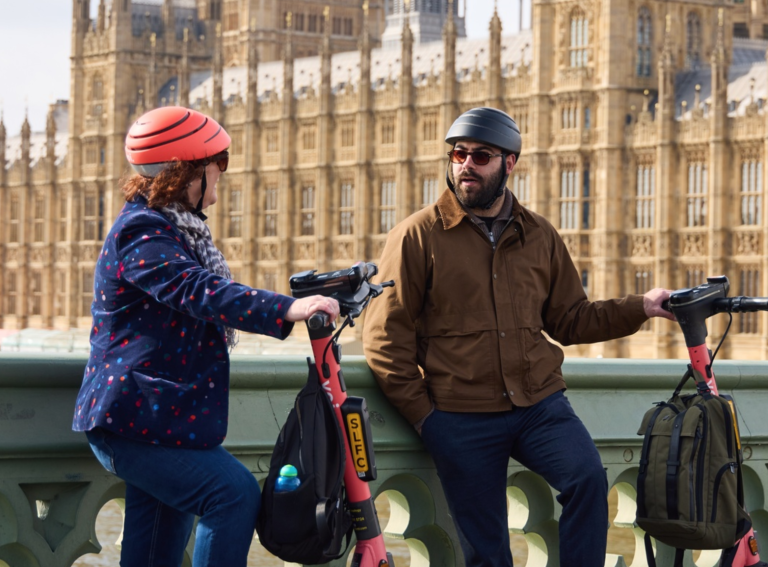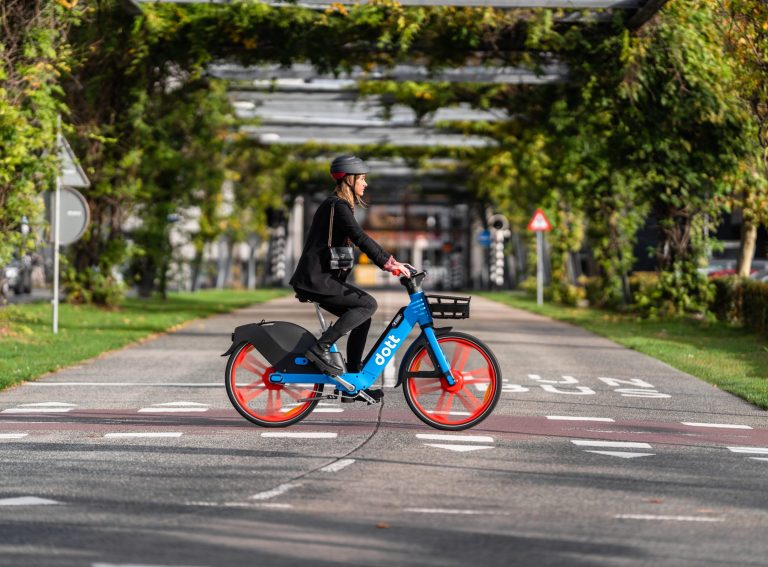The number of people killed on London’s roads fell by 6% in 2023, according to Transport for London’s (TfL) annual casualty statistics.
Fatalities dropped from 102 to 95, and the total number of people killed or seriously injured fell from 3,974 to 3,709.
This marks the lowest year on record for fatalities aside from 2021 which was heavily impacted by the Covid-19 pandemic, and works towards achieving the Mayor’s Vision Zero goal of eliminating deaths and serious injuries by 2041.
“Progress made in the UK’s capital towards a transport system free of death and serious injury demonstrates that the hard work of many is paying off,” Margaret Winchcomb, Deputy Executive Director of the Parliamentary Advisory Council for Transport Safety (PACTS), told Zag Daily.
“With commitment from TfL, London councils and MPs, measures are being made which mean it’s safer for people to walk, cycle, ride and drive as they live and work in London.
“Elsewhere other local authorities are taking similar bold steps to bring about change. Their commitment must be replicated by the next Government playing its part by publishing a national road safety strategy which sets a transport system free of death and serious injury as its goal.”
Earlier this month PACTS released a manifesto urging the government to tackle road deaths and serious injuries in the UK, with 30,000 people killed or seriously injured every year.
Vulnerable road users
TfL found that people walking, cycling or motorcycling made up 80% of all people killed or seriously injured in 2023 and continue to be most at risk.
However, the number of people killed while cycling has dropped by 40% from London’s 2010-2014 baseline from 13 to eight. This is despite cycle journeys increasing to 1.26 million in 2023 which suggests cycling has become safer in the capital.
London now has more than 360 kilometres of strategic cycle routes which is quadruple the number of 2016 and TfL says it will continue to work with boroughs to deliver more cycleways with £19.5 million of investment already announced.
Cars and buses
Cars were involved in 68% of all casualties on London’s roads in 2023, and continue to be the main vehicle type involved in collisions. Approximately half of the year’s fatal collisions flagged speeding as a contributing factor.
Last year TfL lowered the speed limit on selected roads in 14 boroughs, which exceeded its goal of lowering the speed limit on 140 kilometres of roads by March 2024. Currently, 264 kilometres of TfL roads are subject to a 20mph speed limit, and the transport authority claims that the Metropolitan Police is on target to take action on one million speeding offences by the end of 2024/25.
In 2023, 252 people were seriously injured in collisions involving a TfL bus and six people were killed. According to TfL, this is a 43% reduction in bus-involved fatalities from the 2010-2014 baseline.
As part of TfL’s Bus Safety Programme, which requires all new buses to be compliant with the 2019 or 2021 Bus Safety Standard, over 3,500 buses have been fitted with Intelligent Speed Assistance which ensures they comply with the legal speed limit. 1,251 buses feature an acoustic vehicle alerting system (AVAS) which alerts other road users of the presence of quieter electric buses, and nearly 1,300 buses have been fitted with a camera monitoring system that replaces wing mirrors and reduces blind spots.
In partnership with boroughs, police and other stakeholders, TfL will be enhancing the requirements of its Direct Vision Standard which reduces blind spots on lorries. The transport authority is also continuing its Safer Junctions programme which targets the capital’s most dangerous junctions, and 45 junctions across London have seen works completed.
“It’s encouraging to see that real progress is being made towards our Vision Zero goal of eliminating death and serious injury from the transport network,” Lilli Matson, TfL’s Chief Safety, Health and Environment Officer said.
“However, the latest casualty stats show that it is more important than ever to double down on our Vision Zero goal. Protecting everyone on the road, particularly people walking, cycling and motorcycling, is a priority for us and our partners and we will continue to incorporate our Vision Zero strategy into every decision we make.
“Without safe streets we know that people won’t choose the most healthy and sustainable modes of transport. We are determined to make London a greener, more sustainable and safer city, and Vision Zero is an essential part of building a better London for everyone.”




